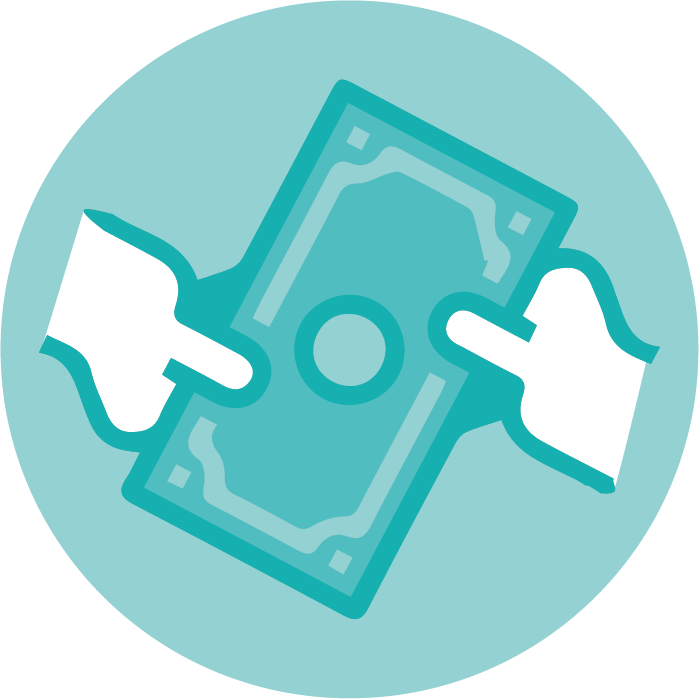Some of the latest changes to national insurance contributions (NICs) started from 6 July 2022, causing complications for self-employed people and directors.

Normally rates and thresholds are set for the whole tax year, as with employers’ contributions, which increased to 15.05% on earnings above £175pw (for most employees) from 6 April 2022.
The main NIC rate for employees is 13.25% for 2022/23, payable on earnings above the primary threshold and up to £50,270 a year. Above £50,270 the employee rate is 3.25%.
It is the primary threshold that changed from 6 July 2022, from £190pw for the period 6 April to 5 July 2022 up to £242pw from 6 July 2022 to 5 April 2023. The threshold is in line with the £12,570 income tax personal allowance. The date of payment of salary determines the NICs as the calculation is not cumulative.
Company directors generally use an annual or quarterly earnings period. Those on an annual earnings period will pay NICs on earnings above £11,908. Those on a quarterly earnings period will use the £190pw threshold for the first three months of 2022/23 and the £242pw threshold for the rest of the year.
The self-employed class 4 NIC rate went up to 10.25% from 6 April 2022 and this is payable on earnings above the £11,908 lower profits limit, up to £50,270. Earnings above this are charged 3.25%.
The lower profits limit will then increase to £12,570 from 6 April 2023.
The class 2 small profits threshold remains at £6,725 for 2022/23 but contributions – £3.15pw, or £163.80py – are not payable until profits reach £11,908 for 2022/23. It is only the class 2 contributions that give a self-employed person a contribution record towards the state pension and other contributory benefits.
Contributions credit

A new feature of the rules is that where annual profits are between £6,725 and £11,908 the individual can build up a contributions credit without paying class 2 NICs.
To benefit, the person will need to submit a tax return showing profits from self employment of at least £6,725. Those with profits below £6,725, or a loss, are not entitled to the class 2 NI credit, but can, as before, make voluntary class 2 payments to maintain a contribution record.
You currently need 35 qualifying years to qualify for a full state pension and it may be worth checking your contribution record to help you decide whether to pay voluntarily.
Class 2 contributions, like class 4 and employee contributions, are only payable if you are below state pension age.
Since 2015/16 class 2 contributions have been collected through the self-assessment system. HMRC was slow to incorporate voluntary contributions into its software and has sometimes refunded these payments.
If you have made voluntary payments, it is worth checking that they have not been returned.
From 6 April 2023 the thresholds for NIC payments and the personal allowance will be fully aligned.
The temporary increase of 1.25% in the rates for all contributions for employees and for class 4 contributions will then be replaced by the new 1.25% Health and Social Care Levy, which unlike NICs, will also be payable by employees and self-employed people above state pension age.
If you have concerns our personal tax and payroll team are on hand to advise. Get in touch with Emily or Francine.
